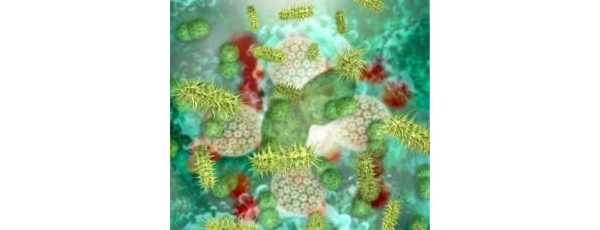Wound Inflammation: Where Would We Be Without It?
January 5, 2012
By Laurie Swezey RN, BSN, CWOCN, CWS, FACCWS
During our training, we are all taught about the three phases of normal wound healing: inflammation, proliferation, and remodeling. This is a relatively well-understood area of wound management, and one that is predictable and consistent. Sadly, in wound management as in life, nothing is ever quite that simple. A number of wounds appear to deviate from this well-organized process, and go on to present major healing difficulties.
The fact that some wounds heal rapidly while others prove difficult to heal has been the subject of extensive research. The difference appears to occur very early in the healing process, with chronic wounds failing to move through the initial inflammatory phase in a satisfactory way. The goal of inflammation is to cleanse the injury of debris and prepare the wound for the subsequent phases of healing. If inflammation is unsuccessful for any reason, healing cannot progress (or will at least be delayed). An inadequate inflammatory response is often observed in patients with compromised immune systems, patients taking high doses of steroids, or patients who are elderly or malnourished.
Ineffective inflammation can often be identified simply by the absence of the classic signs: swelling, redness, warmth, pain, and decreased function. If poor inflammation in a wound is suspected, the inflammatory response should be encouraged by debriding the wound, or by use of electrotherapeutics or other physical methods. Only be achieving the appropriate initial inflammation can the wound go on to heal in a satisfactory way.
Managing non-healing wounds is one of the most important roles of the wound care specialist. Wound certification is an ideal way to learn more about techniques to improve healing in chronic wounds, and to refresh your knowledge in all aspects of wound management.
References
Myers BA. Wound management principles and practice. 2nd ed. Upper Saddle River, NJ: Pearson; 2008.
Jones V, Harding K, Stechmiller J, Schultz G. Acute and chronic wound healing. In: Baranoski S, Ayello E, editors. Wound care essentials. Practice principles. 2nd ed. Ambler PA: Lippincott Williams & Wilkins; 2008. p. 47-63.
About The Author
Laurie Swezey RN, BSN, CWOCN, CWS, FACCWS is a Certified Wound Therapist and enterostomal therapist, founder and president of WoundEducators.com, and advocate of incorporating digital and computer technology into the field of wound care.
The views and opinions expressed in this blog are solely those of the author, and do not represent the views of WoundSource, HMP Global, its affiliates, or subsidiary companies.












Follow WoundSource
Tweets by WoundSource